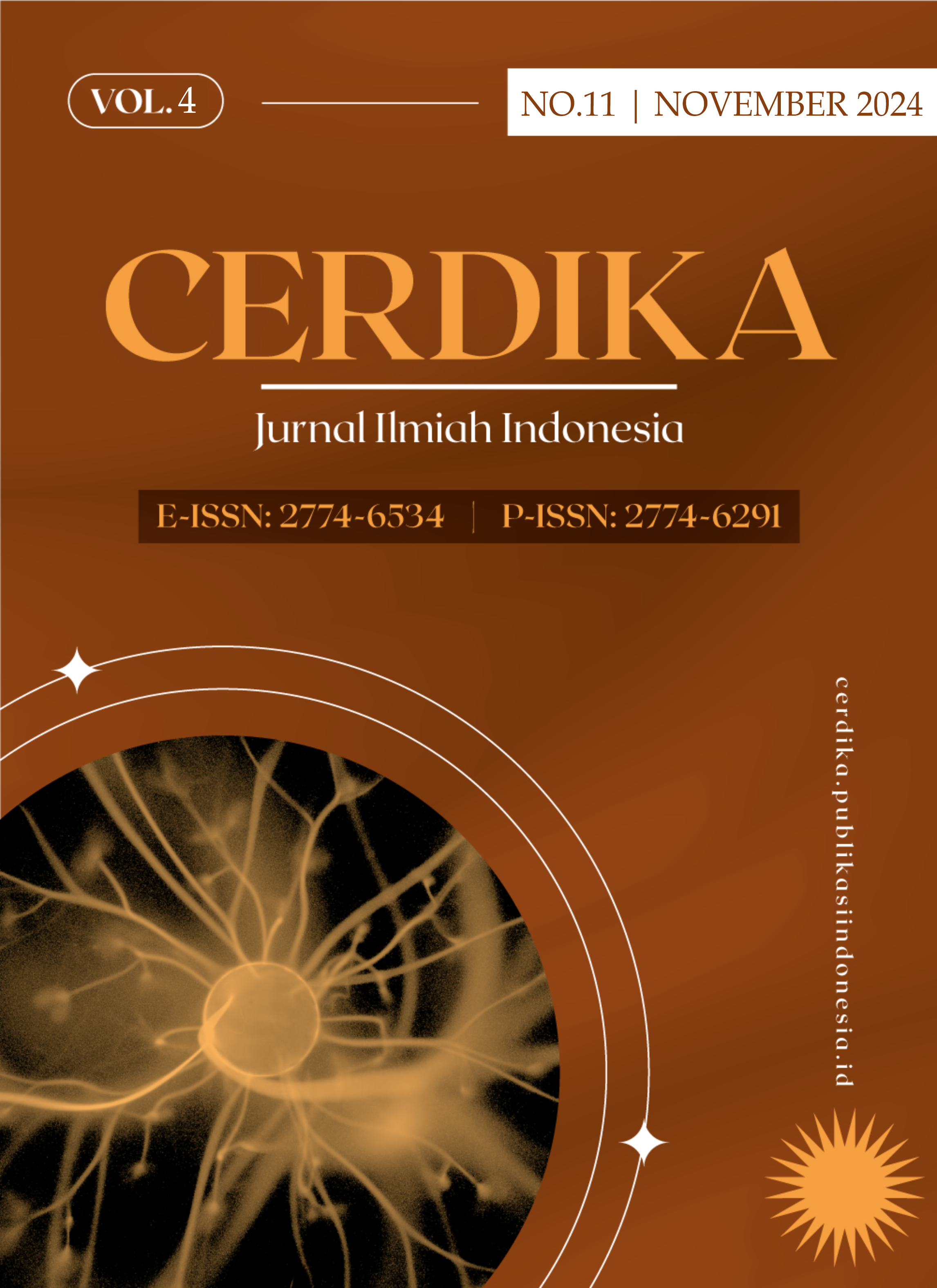Employee Segmentation for Incentive’s Improvement: A Case Study of Plantation Corporation
DOI:
https://doi.org/10.59141/cerdika.v4i11.2164Keywords:
Plantation Corporation, Employee Incentives, Plantation CorporationMarital Status; Working Time Period; Educational LevelAbstract
The purpose of the study was to look the employee segmentation for incentive’s improvement related to the Job Grade, educational level, working time period and marital status each grade of employee in the Plantation Corporation by 8 Cluster in any job field of operational and supporting person. Respondents in this study were employees of a unit which sampling by 5.876 respondents. The samples in this study were determined using saturated samples, where all the populations in the study were sampled. The results aimed each cluster start cluster 1 to cluster 8 that factors input such like personal data including name, gender, age, educational level, marital status and working time of period has a significant effect on employee incentives by cluster 3 who offer for higher money when off duty and pension money. Simultaneously, working time of period describes that the corporate has a high employee satisfaction when people have been work for average 35 years. Salary, allowance and incentives assists SOEs in scientifically reforming their development and operations, optimizing and innovating their management systems and establishing new paths as a part of human resources development through diversified employee incentives based on the Job Grade, working time period, marital status and educational level for offer a better off duty and pension money. Overall, the result of this research shows that the employee incentives related to the working time period and marital status which directly impact to the Job Grade, instead of the educational level.
Published
How to Cite
Issue
Section
License
Copyright (c) 2024 Fenny Syahfitri, Jerry Heikal

This work is licensed under a Creative Commons Attribution-ShareAlike 4.0 International License.







